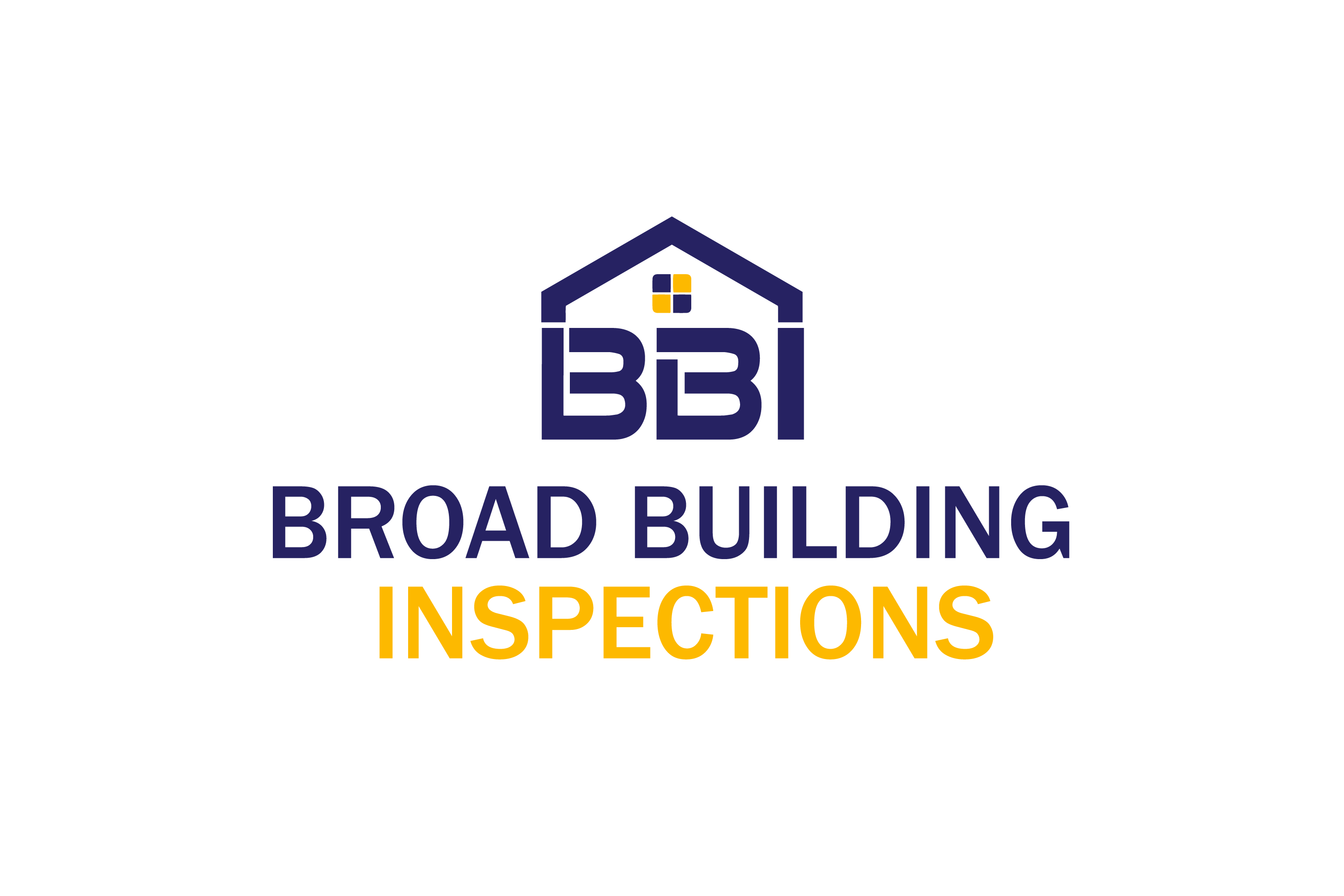Sagging ceilings can be an alarming sight for any homeowner. Beyond being an eyesore, they raise questions about the structural integrity of a property. In this post, we’ll delve into whether sagging ceilings are considered a major structural defect, what causes this issue, and how to fix sagging ceilings effectively.
The classification depends on the severity of the sagging and the underlying cause. A major structural defect is defined by its impact on the safety and structural integrity of the building.
Major Structural Defect Indicators of Sagging Ceilings
Sagging ceilings may be deemed a major defect if:
- They Compromise Safety: Severe sagging with visible separations or signs of collapse poses an immediate danger.
- Underlying Structural Components Are Affected:
- Roof Trusses: Damage or failure in roof trusses can lead to widespread instability.
- Beams or Load-Bearing Walls: Weakness in critical load-bearing elements affecting the ceiling’s position.
- Persistent Water Damage:
- Long-term leaks can cause wood rot, weakening structural supports and creating mould hazards.

- Foundation Movement:
- Soil subsidence or poorly compacted foundations leading to shifts in the ceiling and walls.
In these cases, the issue directly affects the structural stability and habitability of the building, requiring immediate professional intervention.
Minor Defect Indicators of Sagging Ceilings
In contrast, a sagging ceiling is likely a minor defect if:
- The sagging is cosmetic, such as minor dips in plasterboard or superficial cracks.
- It results from adhesive failure without compromising the structure.
- The cause is minor water damage that has been promptly addressed and hasn’t affected supporting structures.
For expert advice on distinguishing between major and minor defects, our Construction Inspections provide clarity and actionable insights.
How to Fix Sagging Ceilings
Once the severity is assessed, the approach to fixing sagging ceilings can vary:
1. Cosmetic Sagging (Minor Defect)
- Reattachment: Replace adhesives or secure the plasterboard with screws.
- Surface Repairs: Address superficial cracks with patching and painting.
2. Water-Damaged Ceilings
- Identify and repair the source of water ingress.
- Replace any damaged ceiling materials.
- Address mould and ensure proper ventilation.
3. Structural Repairs (Major Defect)
When sagging is caused by structural issues, professional intervention is necessary:
- Reinforcing Roof Trusses or Beams: Stabilising the load-bearing elements.

- Foundation Repairs: Addressing subsidence or soil movement.
- Extensive Reconstruction: Replacing severely damaged sections of the ceiling and underlying supports.
Why Accurate Classification Matters
Correctly identifying sagging ceilings as either a major or minor defect is vital for determining the urgency and scope of repairs. In Perth, ignoring a major structural defect could have serious consequences:
- Safety Hazards: Delayed repairs can lead to ceiling collapse, endangering occupants.
- Increased Costs: Early intervention for structural issues prevents escalation and reduces repair costs.
- Property Value: A history of unresolved defects can significantly affect resale value.
To ensure proper classification and solutions, consider engaging building inspection professionals for a comprehensive Building Inspection Report.
Preventative Measures for Perth Homes
Preventative steps can mitigate the risk of sagging ceilings:
- Regularly inspect for leaks, particularly after storms.
- Maintain air conditioning units to prevent condensation issues.
- Address minor ceiling defects early to avoid escalation.
- Schedule routine inspections with licensed professionals to detect potential problems.

The Australian Building Codes Board provides further guidelines on maintaining safe and compliant structures.
Conclusion
Sagging ceilings may range from minor aesthetic nuisances to serious structural defects. Knowing the difference is critical for effective intervention and ensuring the safety of your property. If sagging is linked to structural damage, prompt action is essential to safeguard your home and family.
Broad Building Inspections offers comprehensive services to identify and address sagging ceilings, ensuring your property meets Australian standards. Contact us today to book your inspection and gain peace of mind about your home’s structural integrity.


